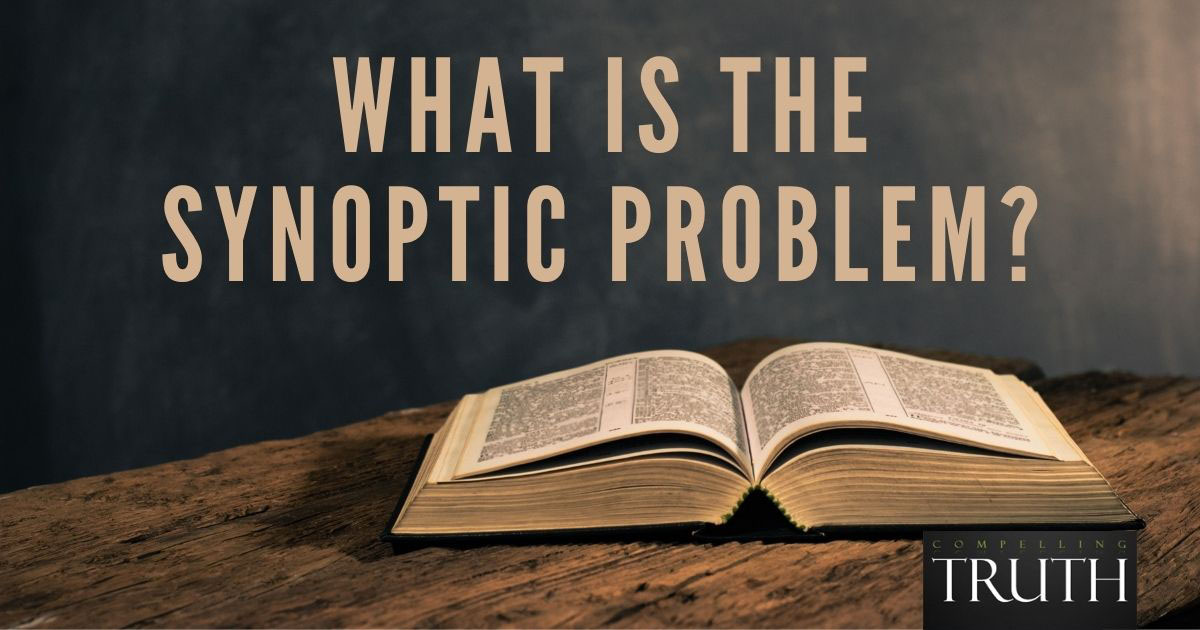The harmony of the Gospels is man’s efforts to take both the Synoptic Gospels—Matthew, Mark, and Luke—-as well as the book of John and put them all together into one unified story. This has proved a challenge, since each Gospel writer has a unique perspective, style, and audience in mind. Matthew was a former tax collector who left everything to become a follower of Jesus. His writing emphasized Jesus as the fulfillment of the prophecies of the Messiah and was mainly directed at a Jewish audience. Mark provided a fast-paced narrative of Christ's ministry, fitting of a man who traditionally served alongside the apostle Peter and wrote down the account of His teachings. Luke used a wide variety of sources as a scholar-doctor who sought to offer a chronological account for Gentile readers. The book of John is particularly unique because of its focus on Jesus’ divine nature as the Son of God. It includes detailed accounts of Jesus’ life, especially His final week. As a close follower of Jesus, John includes much unique material that would have only been known to those most intimately acquainted with Christ.
The harmony of the Gospels refers to a unified story of the four New Testament Gospel accounts. Each Gospel includes both unique material found only in its particular Gospel and content similar to that found in other Gospels. Many have attempted to categorize these accounts into a single story. These efforts to organize the four Gospels into one single, unified narrative are called the harmony of the Gospels.
The earliest known effort to produce a harmony of the Gospels was by the early church historian Eusebius. Since then, many others have sought to produce their own harmony of the Gospel accounts. Some, however, have attempted to highlight the differences or inconsistencies found between the Gospel accounts. For example, some argue that the differing accounts of the resurrection appearances of Christ somehow "prove" they did not take place. However, the Gospel writers did not meet together in advance in any attempt to match their stories together. Each writer emphasized different elements; however, the accounts can be compared to provide a fuller picture of the events that took place. In some cases, the teachings of Jesus repeated in more than one Gospel may also be due to Jesus Himself teaching the same material in more than one setting with some variation. Such differences are not inconsistencies, but rather provide a fuller picture of what took place during the life of Jesus.




